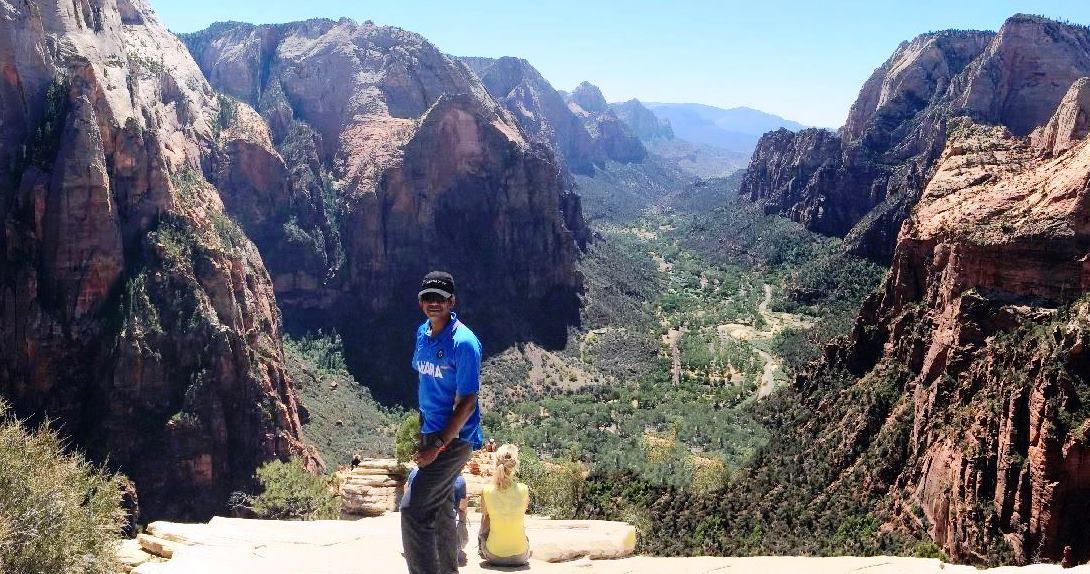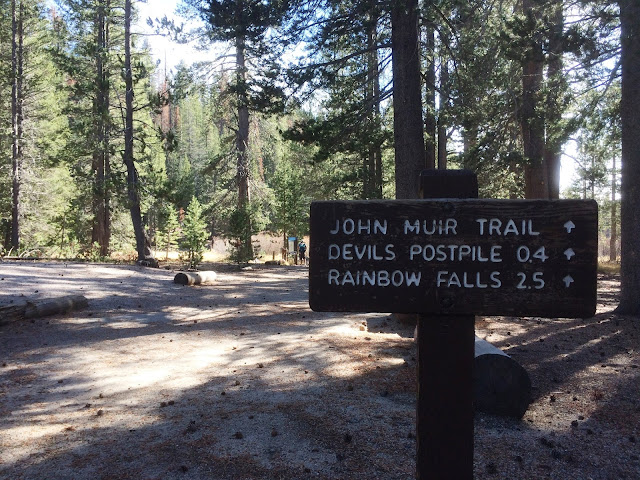Mammoth Lakes is a town in Mono County, California, the county's only incorporated community. It is located 9 miles northwest of Mount Morrison, at an elevation of 7,880 feet (2,400 m). We went to Mammoth lakes to see the fall color on October 29, 2016. Because of the previous week's storm, the colors were not that great, but we still see some spectacular colors on Convict lake and in and around Gull lake in June Lake.
On the way to Convict Lake:
Convict Lake Resort - This scenic resort is 15 miles from Mammoth Mountain and a 10-minute walk to Convict Lake, which boasts a large stock of fish.
Convict Lake is a lake in the Sherwin Range of the Sierra Nevada in California, United States. It is known for its fishing and the dramatic mountains - including Mount Morrison - that surround the lake. Its surface lies at an elevation of 7,850 ft.
Summer time shuttle service to Devils Postpile - The mandatory Reds Meadow Shuttle will start daily operations from June and will operate through September. After the daily operations end, the visitors vehicles are allowed inside the monument. Its just a 12 miles loop.
Devil's Postpile National Monumnet is located near Mammoth Mountain in extreme northeastern Madera County in eastern California. The national monument protects Devil's Postpile, an unusual rock formation of columnar basalt. Devils Postpile National Monument encompasses 798 acres (323 ha) and includes two main tourist attractions: The Devil's Postpile formation and Rainbow Falls, a waterfall on the Middle Fork of the San Joaquin River. In addition, the John Muir Trail and Pacific Crest Trail merge into one trail as they pass through the monument.
Rainbow Falls is the highest waterfall on the Middle Fork of the San Joaquin River. Plunging 101-feet down to the turbulent water below, the falls are named for the rainbows that appear in its mist throughout sunny summer days.
Mammoth Lake Gondola starts from Mammoth Visitor Center during winter season.








































